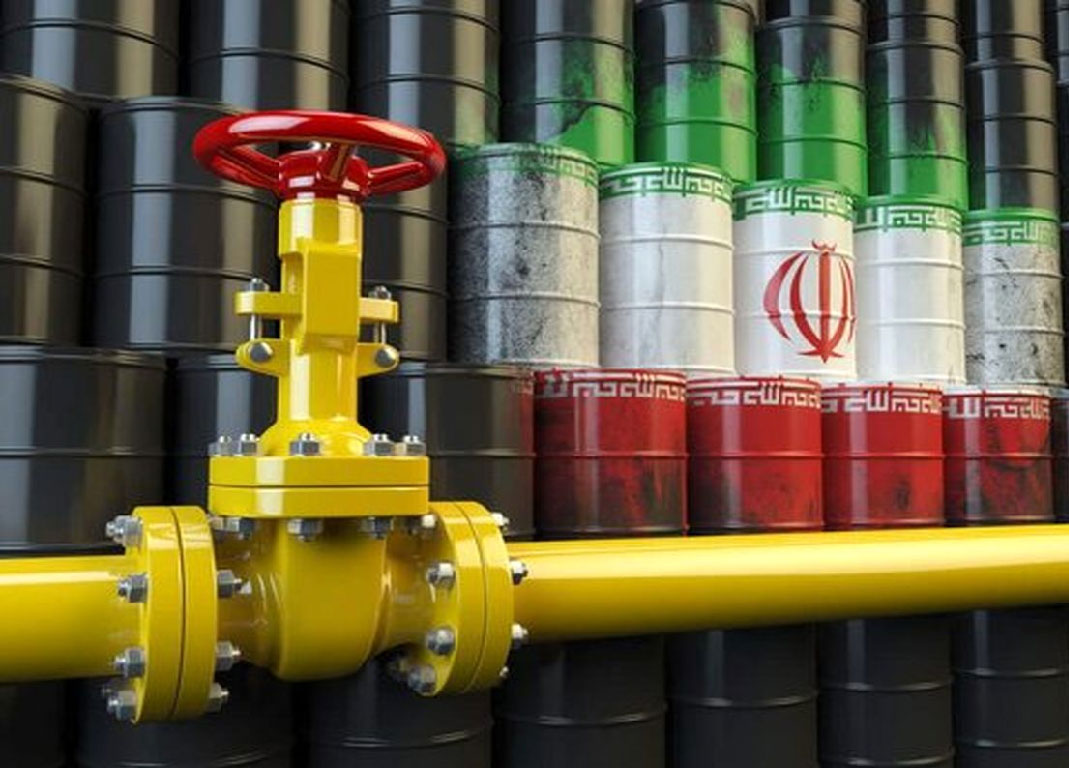
Oil and its history
Oil and its history, mankind has been familiar with oil and gas since ancient times and used its surface seepages, oil exploration is an old and practical knowledge and skill that is collected by collecting bitumen from oil seepages and springs. entered the realm of science.
Oil
Oil or black gold, which is one of the fossil fuels and is non-renewable. The word oil, which is called petroleum in English, is composed of two words, Petra, which is equivalent to the Greek word for stone, and the word oleum, which is equivalent to the word oil. Oil is a thick, workable liquid that is dark brown, dark green, or black in color.
The history of the origin of oil

Oil and its history
Oil in Iran

Petroleum products
Crude oil products include petroleum gas, gasoline, kerosene, diesel fuel, lubricating oils, bitumen, natural tar, natural wax, lamp oil, jet fuel, and furnace fuel. In addition to these, amazing products are also produced from oil and its derivatives, including aspirin, pantyhose, colored pencils, chewing gum, anti-wrinkle clothes, solar panels, PVC covers, wall paper, flooring and all kinds of wall coverings. Lipstick, contact lenses, toothpaste, air fresheners, perfume and cologne, deodorant and antiperspirant, guitar strings, artificial teeth, production of sports equipment, fishing bait, vest, etc.






